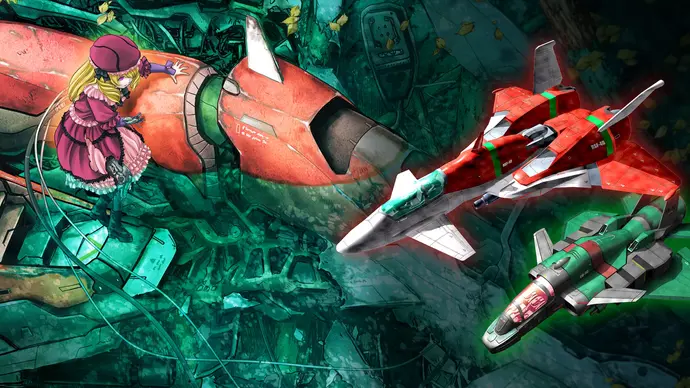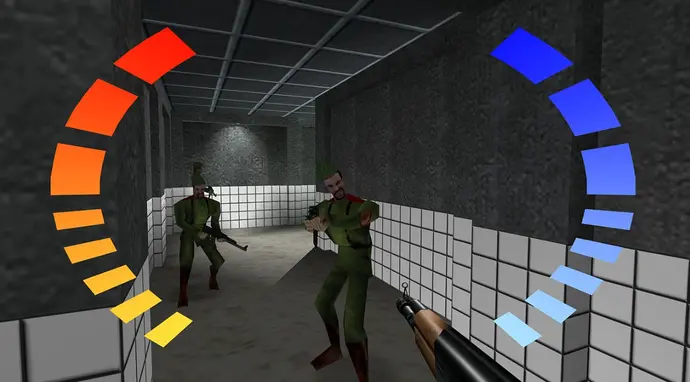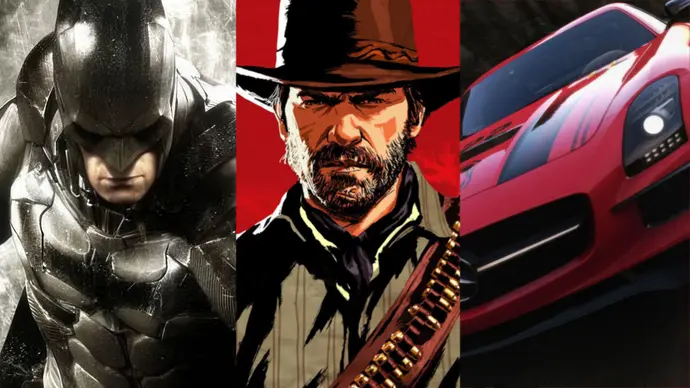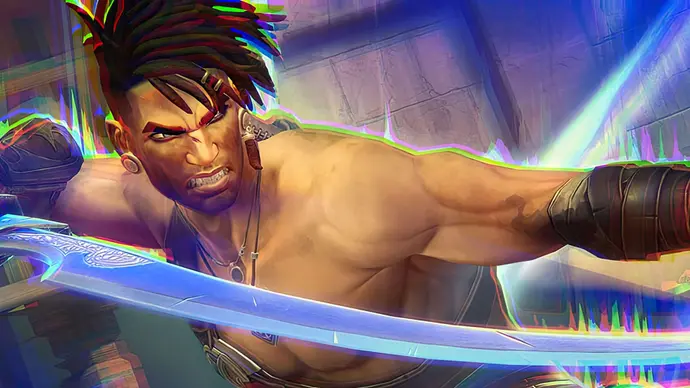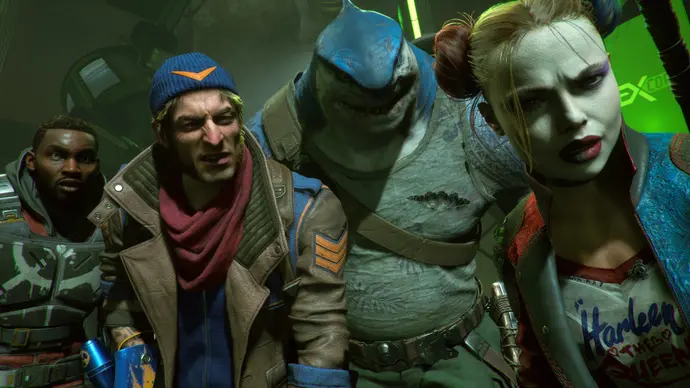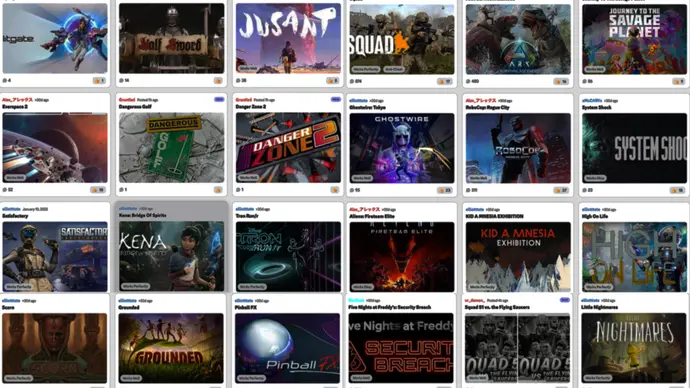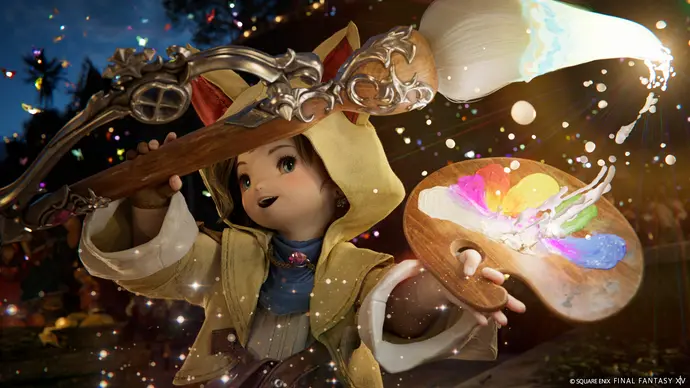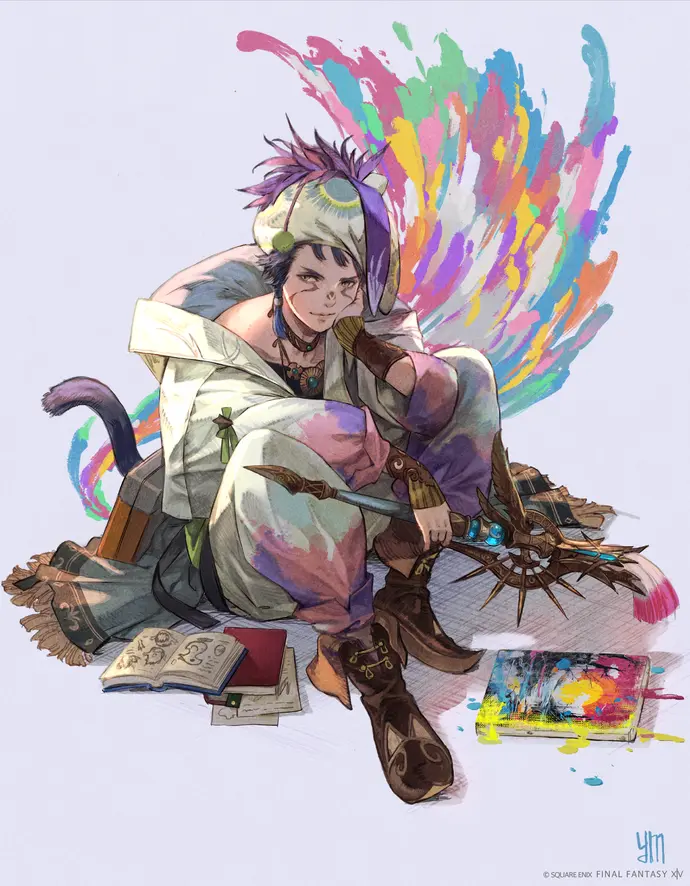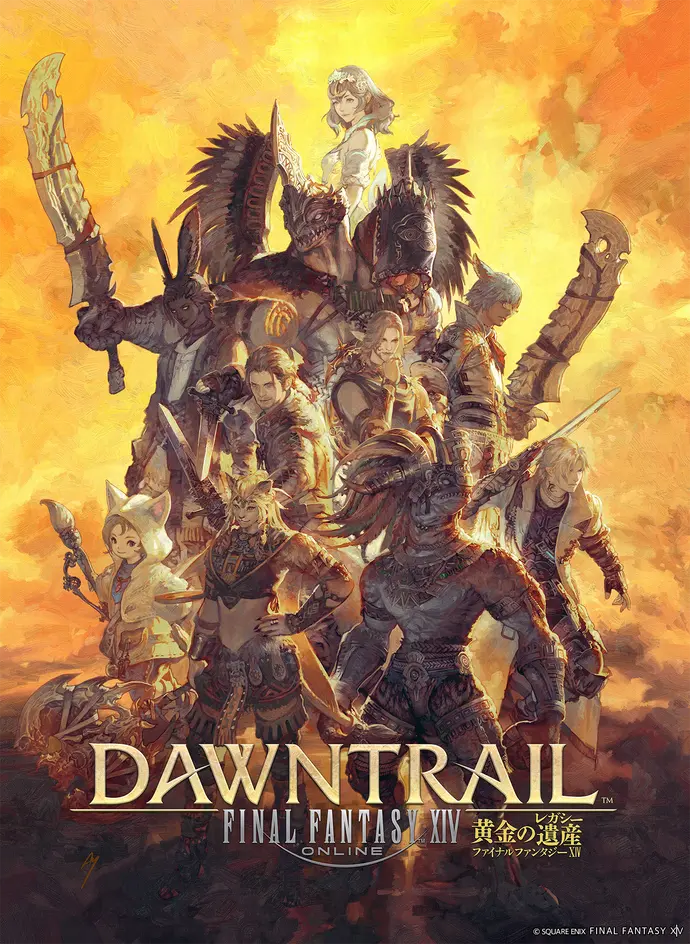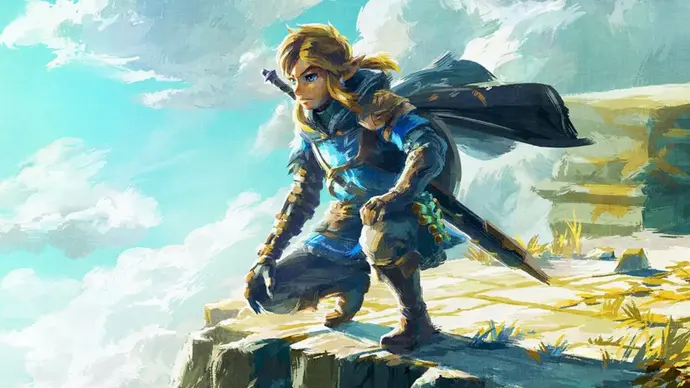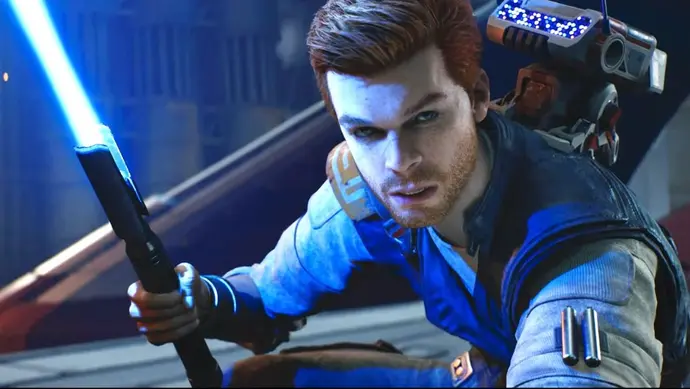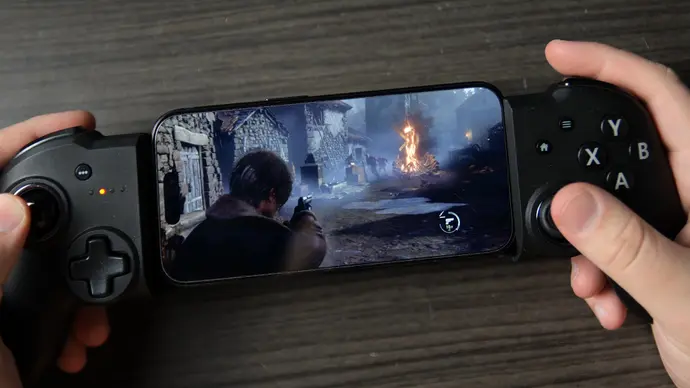Review of DoDonPachi Blissful Death Re:Incarnation – the definitive adaptation of the unparalleled shooter game
M2’s ShotTriggers series seems to have been building toward this point the whole time.
Over the course of its lengthy existence, the Japanese developer and publishing business has built an outstanding reputation for the quality of its many ports. All of it, however, may have been a lead-up to DoDonPachi Blissful Death Re:Incarnation’s publication.
That’s quite a statement, so before getting ahead of ourselves, let’s stand back and gain some perspective.
M2 introduced its ShotTriggers shooter brand in 2016, generating a series that has near-consistently thrilled even the genre’s most seasoned, demanding gamers. With a sharp focus on bringing beloved classic shooters—mostly those with arcade roots—to life, this compilation has given us the definitive versions of titles like Toaplan’s Tiger Heli and Zero Wing, Raizing’s extravagant Battle Garegga, a number of Aleste releases, and a few creations from genre masters Cave, such as ESP.ra.de, Dangun Feveron, and the formidable Ketsui.
Enormously accurate ports of shooting icons with the power of Battle Garegga or Ketsui would suffice. Nevertheless, it is evident that the ShotTriggers series’ creators are not ready to let up even with the port secured. Additionally, they add a ton of customization options and archival extras, include multiple game variants, brand-new game modes designed to appeal to both novice and expert players, and introduce M2’s “gadgets,” which are new UI elements that provide the player with a variety of real-time performance data while they shoot and dodge. However, one element has been absent from an image that often highlights shooters who go to hell: It’s a DoDonPachi title, that.
And yet here we are at last, with it. The newest ShotTriggers release, DoDonPachi Blissful Death Re:Incarnation, is solely centered on the fourth game in the DonPachi series, 2002’s horrific marvel, DoDonPachi DaiOuJou. Just to be clear, DaiOuJou has historically been referred to as “Blissful Death” on occasion; hence, you can pretty well consider the terms to be interchangeable.
Whatever you name it, what counts most in this case is that fans of the genre agree that DoDonPachi DaiOuJou is not just Cave’s best work but also maybe the best representation of bullet hell ever made. Many may even claim you it’s the greatest shooter out there. To cut right to the point, M2 has produced a port of outstanding quality here, realized as a part of a package that includes numerous different versions and even three completely new modes (or, to use shooting game jargon, “arranges”). After a while, turning on the original arcade board via M2’s port demonstrates how accurate this ShotTriggers edition is, especially when it comes to lag and visual performance. Other gamers have noted that the minuscule two-frame input latency in the PS4 version is almost exactly the same as it was in the arcade original. Three frames behind seems to be the norm for Switch owners, although that is still a negligible difference.
Prior to become sidetracked by the plethora of accessories that expand the game’s player base, it’s important to reflect on why the centerpiece 2002 arcade version of the bundle is held in such high respect. With a surprising balance of simplicity and complexity, DaiOuJou is as purebred as it gets, carrying on the lessons learned from DonPachi and DoDonPachi before it. It is renowned for its intensity and difficulty, which are caused by a variety of shot types ranging from sweeping curtains and fiercely directed bullets to drifting, idle swarms that hover about you. These factors contribute to the game’s allure as well as the sheer quantity of adversaries and their firepower.

Let’s be clear. As expected, the original DaiOuJou is generic. The objective of this vertically scrolling game is to take out a large number of adversaries while avoiding the barrage of bullets they unleash throughout the course of five stages, or ten in variants that give a two-loop version. It is a relentless shooter in spirit. It is unrelenting after the first three seconds of the game, maybe. After a few more seconds, you will encounter a ground installation that in many other instances of this genre would be saved for a stage-2 fight. From then on, bosses happily unleash volley after barrage, and opponents never stop crowding the screen. Equipped with a broadside, a potent laser secondary weapon, and a traditional bomb, your mission is to advance against an array of apparently impenetrable obstacles with hardly any breaks in sight. It’s thrilling, challenging, and stressful, yet even when you’re completely overwhelmed, the amazing game design makes it a great place to be.
Another game that has a strong sense of realism is DaiOuJou, which is partly because to its cyberpunk-inspired setting made of very intricate pixel graphics. Every explosion and penetrating laser beam has artistic flair, creating a visually captivating subtlety. The very gritty sound effects and Manabu Namiki’s musical composition, which has a thundering electronica style influenced by anything from metal to techno to vintage rave, highlight that. The most remarkable thing is that every DaiOuJou version’s audio and visual components work together as a single, cohesive whole, much as a sound and its source do in real life.

The game mechanics of DaiOuJou, which are intricately linked to all the basic shooting and dodging, are what truly elevate the version of the game that serves as the basis for the full ShotTriggers release. Like DonPachi and DoDonPachi before it, DaiOuJou is a chaining shooter. This implies that a score multiplier is raised for each opponent you take out quickly, giving you exponentially more points for each enemy you eliminate. When you aim your laser toward a bigger foe, the chain stays stable or gradually approaches. If you stop your killing streak for even a short while, the multiplier will reset, forcing you to find creative methods to cross chains across locations with intentionally fewer foes.
The Hyper is an additional option to the bomb that may be obtained by defeating adversaries, among other things. A Hyper medal will show when your Hyper bar is filled. When you scoop it up, the next time you press the bomb button, a Hyper will be fired, boosting opponent bullet speed and delivering a tremendous boost in firepower. Everything returns virtually to usual once the Hyper comes to a close, with the exception that the ‘rank,’ which is effectively a measure of ‘difficulty,’ will have gone up little.
DoDonPachi DaiOuJou feels insurmountably strong with only one credit. However, if you put in enough effort, you can develop a rhythm. And when you reach the point where you can produce a constant flow of Hypers while dancing through patterns and gripping chains in a world that oozes elegance and intricacy, it’s as thrilling as arcade games get.

As a result, M2 has produced an incredible 2D shooter port that is unmatched. And that’s only the start.
Because Black Label, an improved, polished version of the arcade original, is also included. It significantly adjusted the difficulty, decreased hitbox size and bullet aggressiveness, and fixed a few minor glitches. It also increased the pace at which Hypers fell. In essence, it presents a DaiOuJou version that is usually thought to be a little simpler. The bundle also contains the recondite DoDonPachi III, a modified Black Label version meant for the global market but never really seems to be released.
You also receive the always welcome addition of the Super Easy mode, which drastically reduces the number of bullets and intensity in the game while maintaining a realistic shooting game experience that skillfully reveals high level play ideas. Although there is some difficulty for complete novices, players with little to no shmup knowledge may easily navigate one of the hardest games ever created with the help of Super Easy mode.

And then there are those three all-new “arrangements,” which M2 created just for this release. After removing the majority of the core game mechanics, Arrange S provides you with an almost endless supply of Hypers. When played simply, Arrange S is so simple that it may sometimes seem meaningless. However, you run a higher danger of calling forth the actual bullet hell the more Hyper you use. Beyond what immediately seems, there is more to be discovered.
With the addition of bullet cancelling, Arrange L presents a slightly more difficult version of DaiOuJou. This means that taking out specific enemies will turn entire firepower screens into items that grant points. Regardless of your skill level, this mode is incredibly rewarding and a great challenge for players with limited experience with shooting games. Arrange EX, in the end, increases the bullet count significantly beyond what was seen in the arcade original and presents a difficult challenge with its own bullet cancelling. This creates a dizzying thrill ride for players of all skill levels and something truly special for arcade veterans.
As if that weren’t enough, there is also a remastered version of that incredible soundtrack, an abundance of careful display and customization choices, and three more modes—Luna Tour and Arcade Osari, in particular—that divide DaiOuJou into manageable chunks for practice or as challenges.
A veritable playable compendium of Cave’s best shooter, then, abundant with fresh additions that usher it into the modern day and welcome a much wider range of players than were accommodated in 2002.
The primary mode’s tremendous difficulty, at worst, offers plenty of opportunities for dehumanization, which may not be to everyone’s taste. While there are occasional linguistic barriers, English is the most common tongue. You may select what is shown, albeit some of those UI gadgets can lean toward showing more information than is necessary.
It will always seem a little strange to commend an import game, but it is far simpler to get a digital version on Japanese retailers. And this is a really remarkable, accurate, and ambitious rendition of not only one of the greatest shooting games ever created, but also one of the most exquisitely thought-out examples of game design ever. I can only speculate as to what ShotTriggers achieves to surpass DoDonPachi DaiOuJou Blissful Death re:Incarnation.
